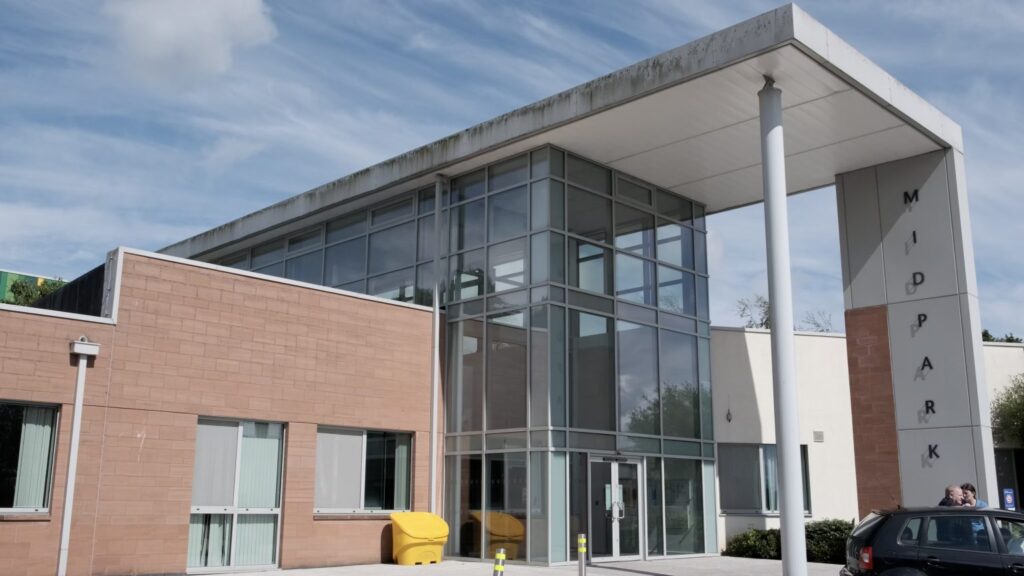NHS Dumfries and Galloway serves a population of over 148,000 within a large geographical area of about 2,400 square miles. The Health Board employs around 4,500 staff excluding GPs and dentists.
NHS Dumfries & Galloway also manages Midpark Hospital, a £29m mental health unit officially opened in 2012 in Dumfries. The hospital provides inpatient care with 85 beds in six wards. The wards cover intensive psychiatric care, rehabilitation, adult acute admissions, older adult acute admissions, and older adult assessment.
Challenges
The central mission at NHS Dumfries and Galloway (NHS D&G) is to deliver excellent care that is person-centred, safe, effective, efficient, and reliable.
NHS Dumfries and Galloway was looking for a solution that would help support multi-disciplinary teams working in the Midpark Hospital wards to access and update patient records more efficiently. This would give a complete picture of the health and treatment programme of each inpatient to support their wellbeing and care.
Top challenges:
- Requirement to provide ward staff with complete visibility of up to date details on all patient treatments, tests and care.
- The need for one central system that is accessible by all multi-disciplinary staff to use and update.
- Ensure an easy to use system is in place to that reduces duplication and risk of lost paperwork.
- Meet the Mental Welfare Commission for Scotland requirements for patient care.
Solution
NHS Dumfries and Galloway adopted the Morse EPR solution from Cambric Systems, already successfully used by NHS D&G Community professionals. The organisation was already using Topas Hospital Administration System and Cortix, a digital ward management solution, both from Cambric Systems. Today, over 260 healthcare professionals across Midpark Hospital use Morse to access up to date patient and clinical data for inpatient care in the wards.
Results
Key highlights:
Up to date ‘holistic’ patient care information – templates have been created to ensure that accurate data is captured during every meeting, with automated reminders that flag when checks and reviews in the care plan are required.
Time savings – using Morse in the wards has significantly reduced time spent by healthcare professionals on administration, saving up to two hours a day for each ward. Forms can be completed in meetings, reducing duplication of paperwork and mitigating the risk of errors in data entry between systems.
Improved cross-team communication – being able to enter feedback from previous treatments and activities has improved multi-disciplinary team working. Referrals, test results and assessments from each department enable details of care plans to be easily shared.
One single system –all patient data can now be accessed in one system; everyone has the same information ensuring safety and wellbeing of patients.
Simplicity – easy to use, the Morse solution provides an electronic ‘to-do list’ for staff, including a traffic light system for tasks and checks that need to be carried out.
Continuity of care – automated system generated reminders flag when a care plan needs to be reviewed and/or action needs to be taken with medication or tests.
Good governance – the Morse solution helps to meet the requirements of the Mental Welfare Commission for Scotland for patient care.
